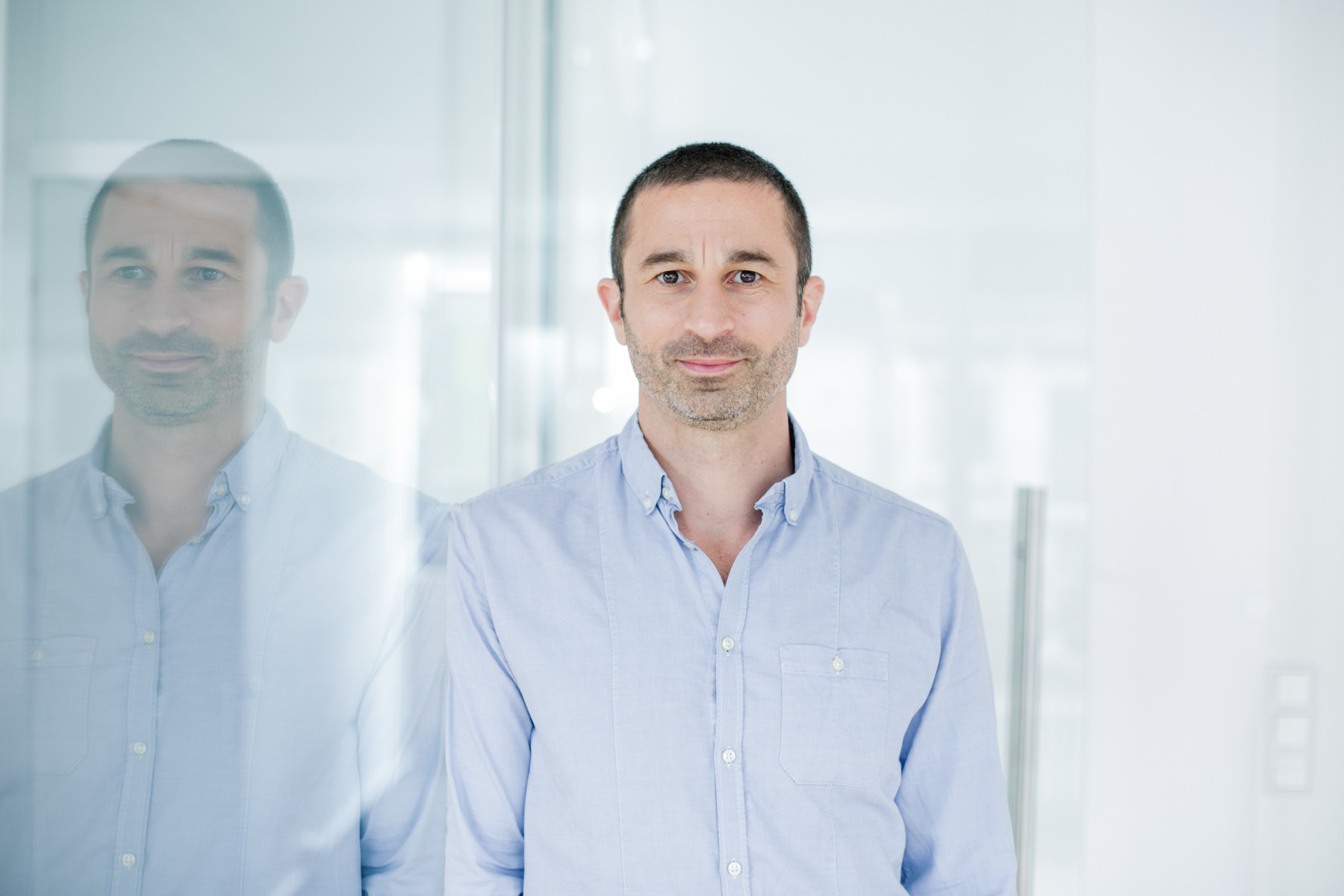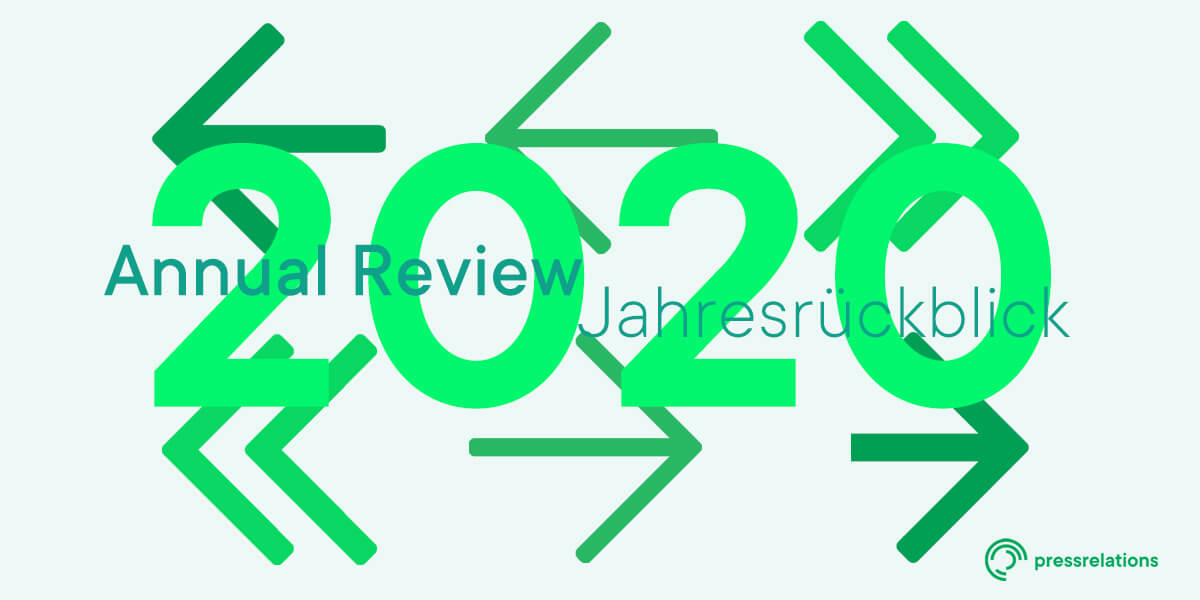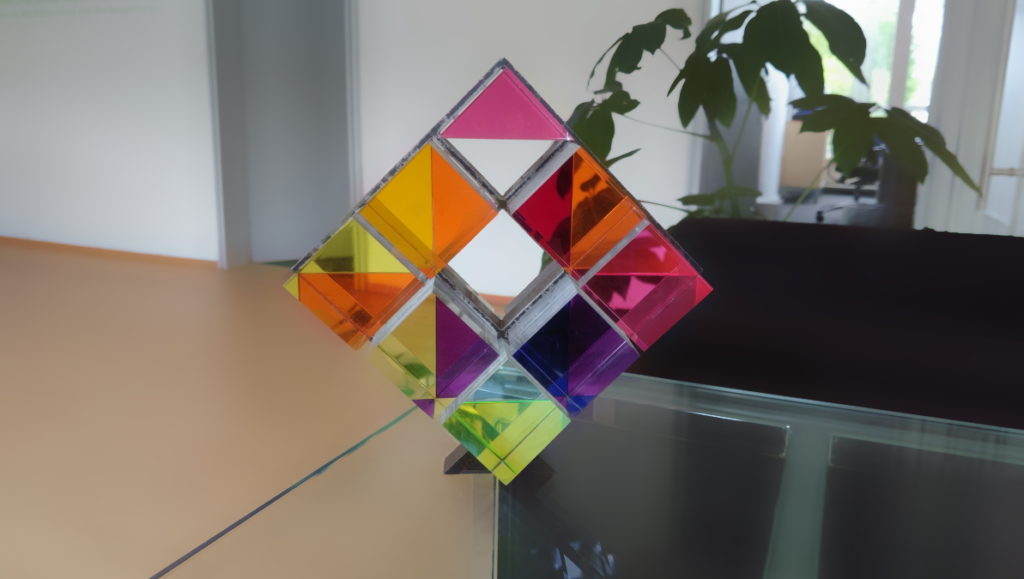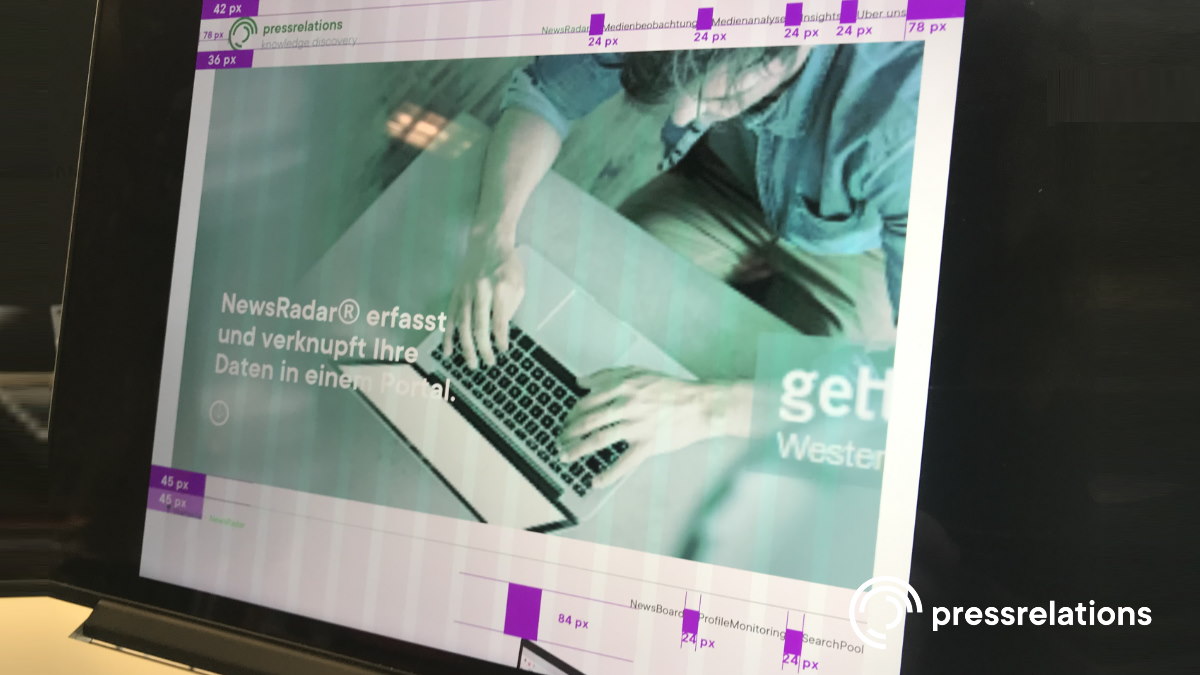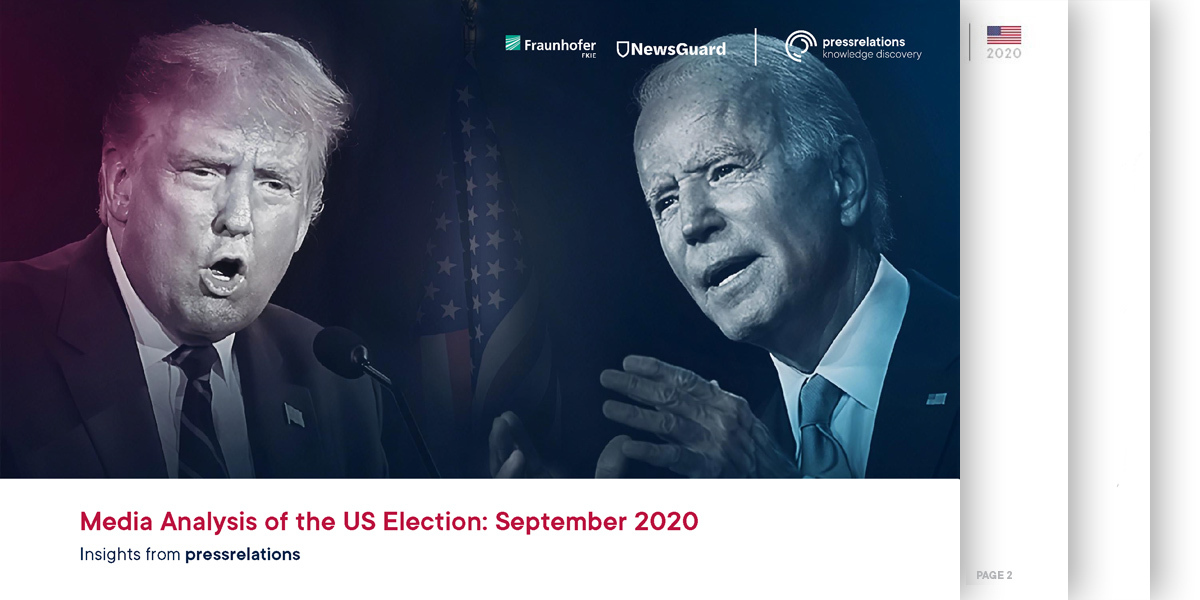2020 was a turbulent year marked by the coronavirus pandemic, shift to working from home and the US presidential election. Fady El-Murr, one of the two managing directors of pressrelations, tells us which other developments were significant for the company in this overview of the past year.
What were the biggest challenges in the coronavirus crisis?
The coronavirus crisis has challenged us all. In this unreal situation of the lockdown in March, we were overwhelmed by the cohesion of all colleagues, the mutual support and the high level of responsibility supported by an agile way of working. But the Zoom-ification of the working world also led to situations that created a different, new close relationships with the customers, for example when children or cats jump through the screen during a customer conversation and you are virtually sitting in the middle of the other person’s living room. One client was particularly creative and set up his workstation in the closet.
In many respects, the coronavirus crisis acts as a massive catalyst for radical change, right down to the private sphere. Such a situation offers opportunities and risks. One example: A time of uncertainty is also a time for fake news and disinformation. pressrelations, as a media monitoring company, has seen itself as responsible for developing a solution for this. Disinformation not only has political relevance (as our media analysis of the U.S. election shows), but can also become a threat to brands. As media observers, we can provide orientation in a volatile world of information. This applies not only to communicators, such as PR managers and marketers, but to everyone.
A second example describes the change in people’s buying behavior. The tourism, event, and airline industries are not the only ones that are suffering in the pandemic, but also the retail sector: 85 percent of all offline purchases are now initiated online. This has implications for marketing, because touch points are shifting more and more, especially to social networks.
Added to this is the dominant position of Google, but also of comparison portals and similar platforms. Google sells the first hits of a search query, followed, depending on the topic, by comparison portals and finally text snippets that keep users from leaving the search results page. The original brand thus has a very hard time being found organically. This is precisely why it is important to achieve better visibility in Google search, generate more visitors, retain existing customers and ultimately boost sales with high-quality, target group-specific content.
Both developments, i.e., changing buying behavior and the dominant position of “gatekeepers”, are causing marketing and PR to converge more and more. Larger marketing teams are increasingly choosing the agile concept of the digital newsroom and placing topics and content at the center of their communications. The key here is to quickly assume topic leadership, especially for emerging topics. Corona has thus only accelerated the trend that began years ago. This is particularly noticeable in other European countries such as Italy, Belgium and Spain.
The most important words have already been said, but let’s get down to the details. What were the most important measures for you in response to the challenges of the market in 2020 and why?
The fact that there are over 7,000 tools for marketing and PR does not make the work of communicators any easier in such a volatile environment. What is needed is an integrated, cross-media solution where analytics data from LinkedIn, Google Analytics and Facebook Analytics can be accessed bundled with media monitoring and media analysis in just one tool. The information edge is important: knowledge about emerging topics that have the potential to become real trends must be addressed at the right time and spread with the help of the right influencers, so they can reach the right audience. With the FirstSignals® podcast on trends and future topics, Oliver Heyden (Chief Strategist at pressrelations) and futurologist Andreas Steinle (owner of the innovation consultancy Zukunftsinstitut Workshop) regularly provide new insights into technologies, innovations and developments that will strongly influence our working and living environments.
Overall, our customers reflect back to us that we have found the right answers to these various challenges this year. We can chalk that up as a success.
What topics and projects are coming up in the next year?
2021 stands for the continuation of the (digital) transformation. Social media ad campaigns and Google Ads are becoming more and more important for communicators. This can be seen not only in the increasing sales figures of Facebook and Google, but also in the job advertisements of companies: More and more social media marketers with experience in these areas are being sought in addition to SEO experts. This also reflects, among other things, the reaction of companies to changing buying behavior.
On the one hand, the issue of disinformation is playing an increasingly important role for the reputation of brands, but also for each individual. In such an environment, it is important to use information, news, and opinions in a media-competent manner.
On the other hand, customers want simpler processes and want to “know more faster”. Integrated, cross-media solutions for communication work help to avoid constant tool changes. They also need meaningful insights, preferably in real time, based on this interconnected, cross-media data.
If you could repeat the year, what would you do differently?
None of us could have foreseen what the consequences of work disruption and home office will be. I’m referring explicitly to the corporate culture and personal components, the way we work together and the relationships with each other and with customers. I am sure that many companies place a great deal of value in the way colleagues work together and have had similar experiences – the previous corporate culture transforms. Especially the random conversations in the kitchen, on the terrace, in the hallway or while playing foosball, but also items in the office, are important creative moments and at the core of corporate culture. This is especially noticeable during the holiday season, when there is usually a Christmas party, but now it can be held virtually at most. Such things are important for the collective feeling, which is very difficult to maintain virtually. We have therefore opted for the path of absolute transparency on all company-wide topics in the form of weekly meetings with all employees.
I would hate to repeat 2020, but in 2021 we will focus even more on corporate culture and personal relationships with customers and partners.
And last but not least: What will pressrelations stand for in 2021?
pressrelations attaches great importance to togetherness and views customers and partners as part of our ecosystem. Listening, learning together, empathy towards all people, these are important keys for a common understanding.
The range of customer requirements is very wide overall. On the one hand, it can be the perfect design and the precisely fitting content of the press review, as this represents the internal business card of the PR department and is presented to the board of directors. On the other hand, it can be the support of customers with regard to licensing law, because movement is to be expected here due to the new ancillary copyright law as soon as the law comes in effect.
However, many customer requests can also be much more extensive, for example, if customers want to plan topics for their communication, create content for this, publish it, and possibly execute campaigns with channel-specific advertising. Of course, most want to see the results of their work as soon as possible. What are the reactions on my channels? What has been written about me? How is my content being used, and what insights am I gaining based on analytics? This information can come from Google Analytics data for landing page campaigns, but it can also be generated from Facebook insights or LinkedIn data. Traditional media monitoring as well as media response in online, print or TV and via social media channels can also be used to evaluate communication success. The PESO model (Paid, Earned, Shared, Owned) serves as a helpful orientation for this. Here, our customers can also find the answer to the question of whether they have chosen the right topic and the right approach in relation to their communication goals.
We want to meet these numerous wishes and the associated high standards and therefore continue to support customers and partners in 2021 exactly like we do right now – individually, precisely, and with a sense of commitment.
Thank you very much for the interview!
